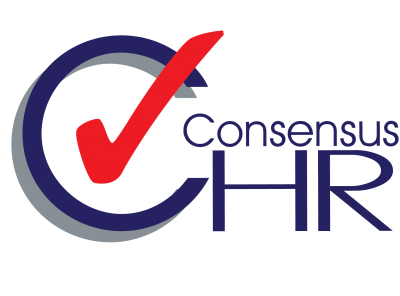The new “Fire and Re-hire” Code of Practice | Consensus HR in Herts & Beds
Latest blog: Fire and Re-hire
DRAFT CODE OF PRACTICE Issued by the Secretary of State under section 203 of the Trade Union and Labour Relations (Consolidation) Act 1992 On dismissal and re-engagement
The new “Fire and Re-hire” Code of Practice, formalised by the Code of Practice (Dismissal and Re-engagement) Order 2024 (SI 2024/708), aims to safeguard workers’ rights against certain dismissal practices. Prompted by the controversial P&O sackings in early 2022, the government introduced this statutory Code to improve industrial relations and provide practical guidance for employers considering changes to employment contracts.
Key points of the Code include:
- Effective Date: The Code will take effect on 18 July 2024.
- Scope: The Code applies to any situation where an employer is contemplating altering one or more employees’ contracts and might resort to dismissal and re-engagement if mutual agreement on changes cannot be reached.
- Exceptions: The Code does not apply to cases where dismissal and re-engagement discussions began before 18 July 2024, or where the dismissal is solely due to redundancy as defined under the Employment Rights Act 1996.
- Coverage: It is applicable regardless of the number of employees affected by the proposed changes.
This legal framework is designed to ensure fair treatment in dismissal and re-engagement scenarios, aiming to enhance transparency and promote constructive industrial relations.
Click Here to view the code
The introduction of the “Fire and Re-hire” Code of Practice in the UK comes with both potential benefits and repercussions for various stakeholders. Here’s an overview:
Benefits:
- Improved Employee Protection:
- The Code provides clearer guidelines for employers, ensuring that the process of changing employment terms is fair and transparent.
- Employees gain better protection from arbitrary or sudden changes to their employment conditions without proper consultation or justification.
- Enhanced Industrial Relations:
- By promoting fair practices, the Code aims to improve trust and cooperation between employers and employees.
- Better industrial relations can lead to a more harmonious and productive workplace.
- Clear Framework for Employers:
- Employers receive a structured approach to making necessary changes to contracts, which can help avoid legal pitfalls and disputes.
- The guidance encourages employers to explore all possible alternatives before resorting to dismissal and re-engagement.
- Legal Compliance:
- The Code helps ensure that employers comply with legal standards, potentially reducing the risk of costly litigation and reputational damage.
Repercussions:
- Administrative and Operational Burden:
- The implementation of the Code might require additional administrative efforts from employers to ensure compliance.
- Smaller businesses might find the process resource-intensive, impacting their operations.
- Potential for Increased Disputes:
- While the Code aims to reduce unfair practices, the formalisation of processes could lead to more disputes if employees feel their rights are not being fully respected.
- Employers may face challenges in negotiating changes, potentially leading to industrial action or legal challenges.
- Reduced Flexibility for Employers:
- The need to follow a detailed procedure may limit employers’ ability to quickly adapt to changing market conditions.
- Employers might find it more difficult to implement necessary changes to employment terms, potentially affecting business agility.
- Impact on Employment Decisions:
- The stricter regulations might lead some employers to be more cautious in hiring, knowing that changing employment terms later could be more complicated.
- There could be an impact on the willingness of employers to offer long-term contracts if they foresee potential difficulties in adjusting terms.
Here are a few of our blogs written on the subject:





Our HR comment: Conclusion.
Matthew Chilcott, Owner of Consensus HR comments: “The “Fire and Re-hire” Code of Practice seeks to balance the interests of both employers and employees by ensuring fair treatment and clear procedures. While it brings significant benefits in terms of protection and industrial relations, it also introduces challenges that require careful management. Employers will need to navigate the new landscape thoughtfully to ensure compliance while maintaining operational flexibility with their team and should seek professional HR advice prior to actioning.”




